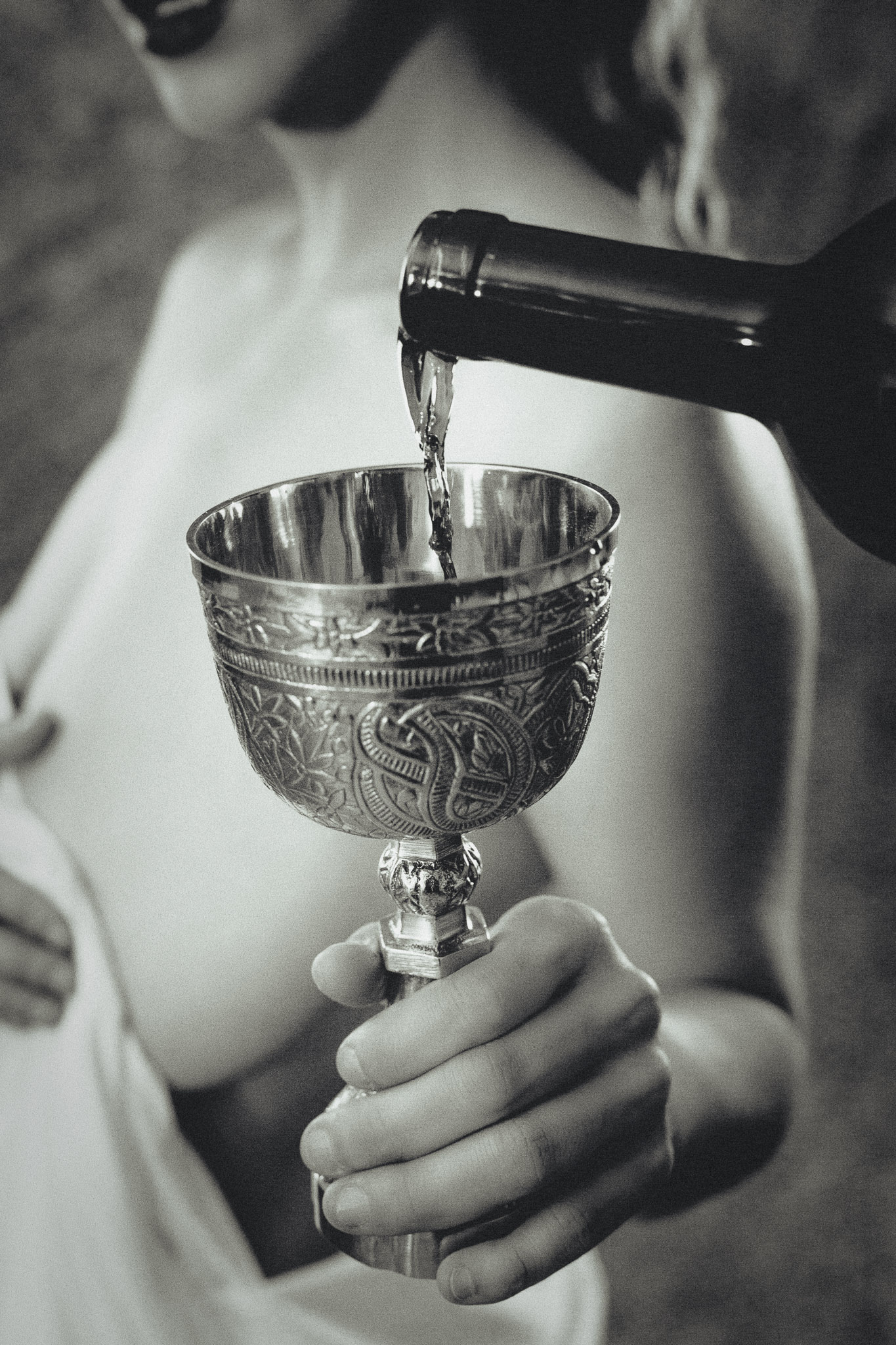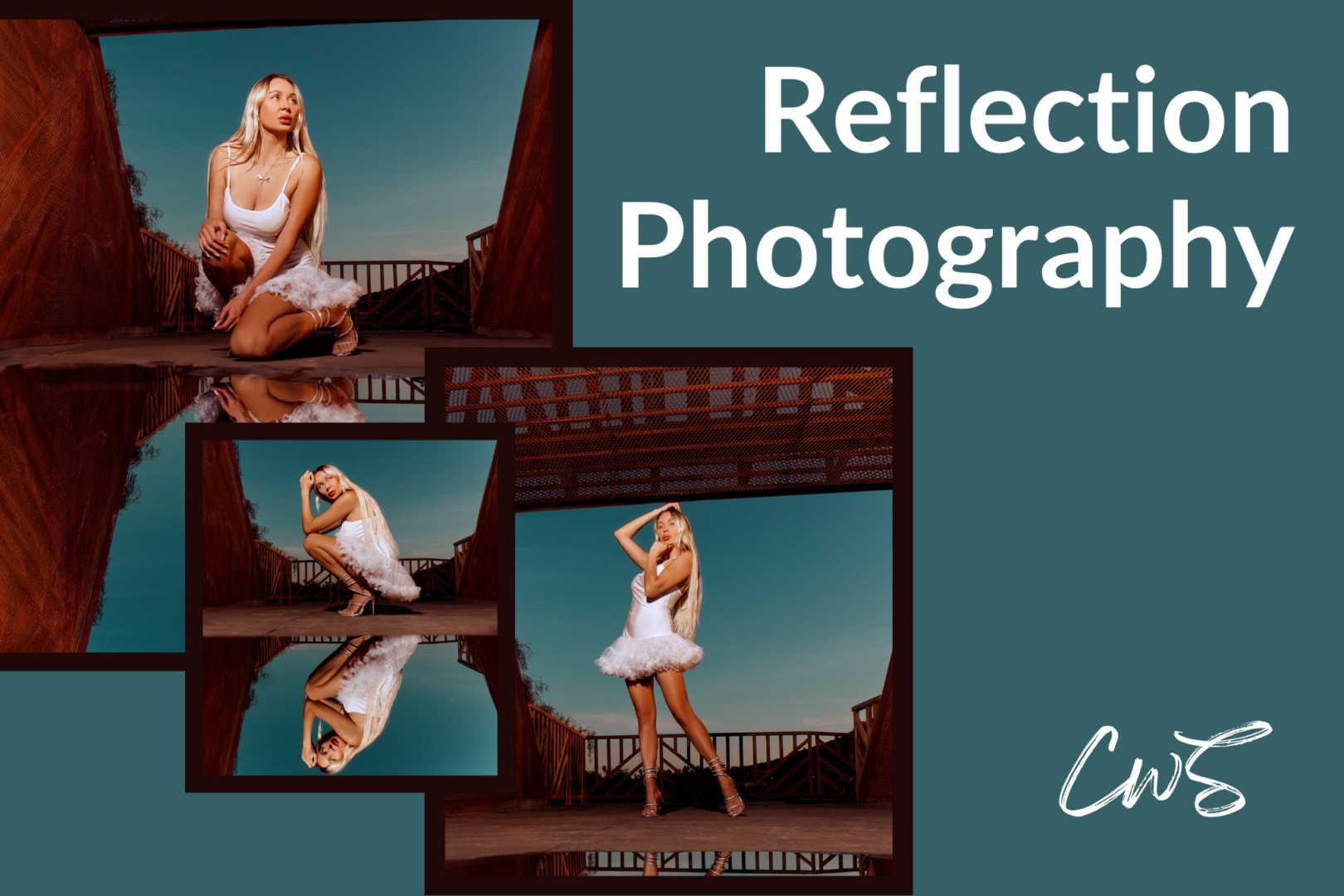Symbolism in photography is a language that evokes introspection and conveys messages that extend beyond images. This blog entry is going to explore how symbols in photography can spark contemplation and deeper meaning. Also I’ll put under the spotlight my latest photoshoot project “Lost Temple Walls”.
The Symbolic World

Let’s consider symbolism in photography as a secret code, where we can decode and observe how it utilizes visual cues such as colors, lighting, and objects to evoke hidden meanings that can resonate and be identified or interpreted by the viewer.
In “Lost Temple Walls”, my initial thought and goal were to create a contrast between the sacred and the profane. I chose a monochromatic palette and amplified the contrast in the editing process to craft a narrative that dances on the fine line between reverence and rebellion. The communion ritual becomes a vessel for a metaphor; it’s not something against the church or religion but rather a way to express a neutral interrogation of current social doctrines, questioning the dynamics between men and women. The inquiry revolves around whether there was more harmony in the once-splendid temple, where men and women existed in their spiritual energy. Despite today’s reality of these temples being lost and in ruins, buried under beliefs that I am questioning, since current society doesn’t seem very happy today.
Navigating Contexts
The landscape of symbolic photography is diverse; motifs such as nature, death, love, and religion have always been sources of inspiration. Symbols in photography can emerge from everyday objects, gestures, or even the play of lights and shadows. Each symbol holds the potential to arise contemplation, dialogue, and at times, controversy.
Interpretation

Let’s look at another photograph from “Lost Temple Walls” to explore how interpreting symbolism in photography can unveil layers of meaning, revealing the true story or intended message. Here, the man fills the woman draped in a robe with a chalice of communion wine, once again highlighting the contrast between the sacred and the profane, and indeed challenging prohibited dogmas. We could choose to interpret this scene solely from an aesthetic perspective, or we could delve deeper into its historical or divine significance. Considering the previous photo in the symbolic world paragraph above and the aspects of this brief photo series, I leave its interpretation open to you. In any case, it’s an example of the power of storytelling.
The Power of Symbolism
As photographers, we have to keep in mind that symbols in photography can initiate conversations and challenge perceptions. The beauty is that the artist is the custodian of the symbols. It takes creativity, talent, and a unique approach to strive to create impactful images that can leave an indelible imprint on the collective consciousness. This is actually an aspect that I really rate as important in my work, and I’m constantly working on how to shape and optimize my style. I hope that, in reading this, you can find valuable insights and inspiration, or perhaps you would find something in common with my intent if you’re trying to find or elevate your creative pathway.
Join The Conversation
The beauty of photography is that it presents endless possibilities. It includes evolving, changing, and reflecting on society, human experiences, and diverse cultures. I firmly believe that symbolic photography holds incredible power in its capacity to open doors to new perspectives and personal interpretations. I am genuinely eager to hear your thoughts on this matter!
Symbolically Yours,
Sal












Leave a Reply